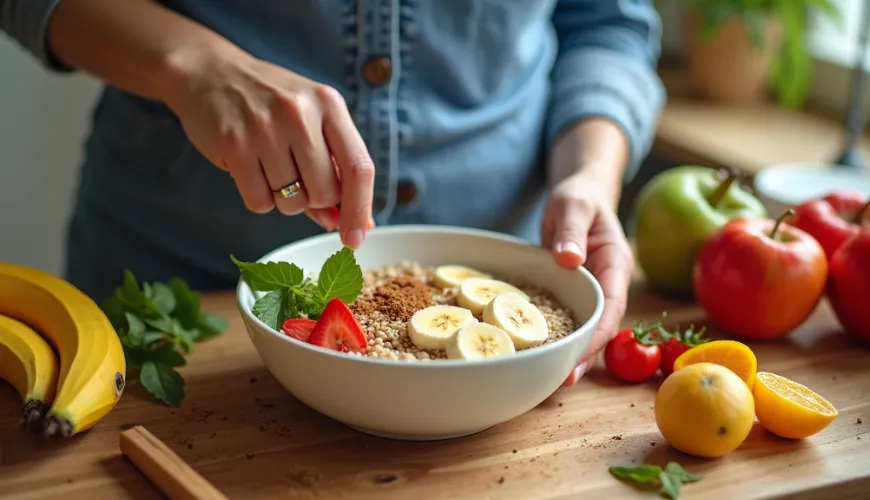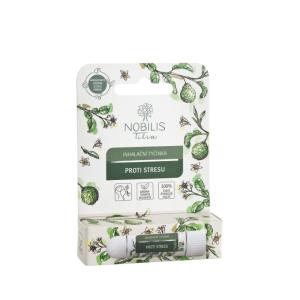
Health in Your Hands with a Diet for Alkalizing the Body

Diet for Alkalizing the Body
In recent years, the topic of so-called body acidity has been appearing more frequently. Although it's a controversial area, people are increasingly interested in how diet affects internal pH and overall health, especially if they suffer from fatigue, joint pain, digestive issues, or reduced immunity. In this context, the diet for alkalizing the body is gaining attention, promising not only better digestion and more energy but also prevention of premature aging and lifestyle diseases.
What Does "Acidic Body" Mean?
The body maintains a relatively stable blood pH of around 7.4, which is slightly alkaline. This system is very well regulated by the lungs, kidneys, and other regulatory mechanisms. However, some parts of the body, such as the brain, connective tissues, or intercellular environment, may be more sensitive to long-term stress associated with an acid-forming lifestyle—excessive stress, alcohol, meat, sugar, and processed foods. Although the scientific community is not unanimous in evaluating the concept of acidity itself, it cannot be denied that a balanced, predominantly plant-based diet has a crucial impact on health.
A commonly mentioned term is "acid-base balance." This refers to the balance between acid-forming and alkaline-forming components in the body—not according to their natural pH, but according to the residues they leave after metabolic processing. For example, lemon is acidic, but it acts as alkaline in the body.
Alkaline vs. Acidic Foods
In simple terms, we could divide foods into two basic groups. The first consists of alkaline foods, which support balance and relieve the internal environment. Typically, this includes:
- fresh vegetables (especially leafy, root, broccoli, cabbage)
- fruits (bananas, avocado, melon, berries)
- vegetable juices and smoothies
- sprouts, seeds, herbs
- legumes (in smaller quantities)
- potatoes and buckwheat
- almond milk, oat milk
On the contrary, among acidic foods, there are those that burden the body with acidic residues during metabolism. Specifically:
- red meat and processed meats
- white sugar, sweets, white flour
- cheeses, cow's milk
- alcohol, coffee, black tea
- refined oils and fried foods
- industrially processed foods
Interestingly, it's not just about what we eat, but also how we eat it. Rapid eating, eating under stress, or lack of hydration can also contribute to worsening balance.
Sample Diet for Alkalizing the Body
The goal is not to completely eliminate acidic foods but rather to strive for a balanced ratio—ideally around 80% alkaline and 20% acidic. It is important to focus on variety, freshness, and simplicity.
Day 1
Breakfast: Buckwheat porridge with banana, flaxseed, and cinnamon
Snack: Carrot-apple salad with lemon juice
Lunch: Red lentil soup, steamed vegetables with quinoa
Snack: Almond milk with a bit of dates and a pinch of cinnamon
Dinner: Baked sweet potatoes with arugula salad and sesame dressing
Day 2
Breakfast: Smoothie with baby spinach, avocado, banana, and lemon
Snack: Sliced cucumber and bell pepper with hummus
Lunch: Zucchini noodles with parsley pesto and sunflower seeds
Snack: Green tea with a handful of nuts
Dinner: Baked broccoli with tofu, lamb's lettuce, and pumpkin oil
This type of diet can be not only light but also tasty, filling, and creative. One of our readers described her experience this way: "At first, I felt like I would always be hungry. But after a week, my digestion improved, I had more energy, and my joint pain stopped. The biggest surprise for me was how good vegetables can taste when I put in the effort."
What to Drink and How to Move?
In addition to diet, hydration plays a significant role. The most suitable option is clean water, ideally filtered or with a slice of lemon. Herbal teas are also great—especially nettle, fennel, dandelion, or lemon balm. These not only hydrate but also gently support detoxification and metabolism.
Exercise helps oxygenate the body and supports the elimination of acids through sweat. It doesn't have to be intense training—brisk walking, yoga, stretching, or dancing is enough. Even deep breathing and relaxation can help the body manage stress and thus reduce its "acidic load."
Try our natural products
Long-Term Approach Brings the Greatest Results
A diet for alkalizing the body is not about strictly banning all favorite foods but about conscious balance. The key is long-term habit change, not a short-term diet. If one jumps into a week-long "detox" after a weekend full of heavy meals but then returns to the original lifestyle, the result will only be temporary.
The change should be gradual and sustainable. Add more vegetables to every meal. Replace white flour with spelt or buckwheat. Swap sugary drinks for water with mint. And most importantly—listen to your own body. If you feel heavy, tired, or bloated after eating, it may be a signal that something is out of balance.
Finally, it's useful to mention that every body is different. Some might benefit from more raw food, while others need warm and cooked meals. It's important to view food as part of an overall lifestyle that includes not only eating but also movement, sleep, joy, and mental well-being.
As Hippocrates once said: "Let food be thy medicine and medicine be thy food." In today's world full of information, stress, and excess options, these words sound no less relevant than they did two thousand years ago.


